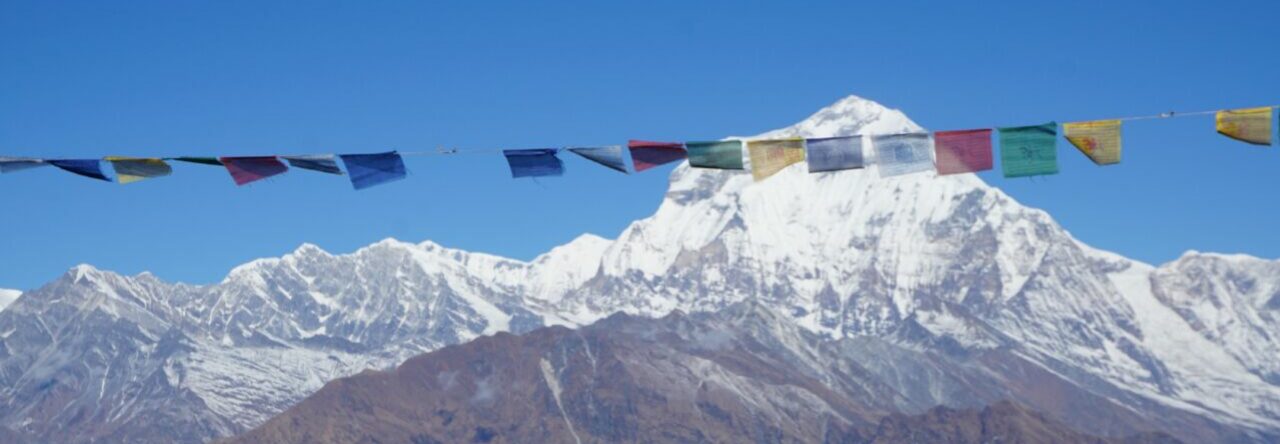Gokarna is a village in the Uttara Kannada district of the Karnataka state, India. It’s an old established Hindu pilgrimage destination–a temple town that is referred to in a number of Hindu historical literature pieces–with an unmistakably traditional feel.
Here you get the taste of the real India. Set behind a broad, white-faced sand beach, with the forest-covered foothills of the Western Ghats as a backdrop, it’s one of the most picturesque little towns in India with a collage of colorful individuals from the black-clad pilgrims to the ladies of all status in silk saris (even those who are carrying sand on their head or washing dishes after the free meal at the temple), to the old bearded holy men and young shopkeepers and sewing machine operators working long hours in open-air shops…always ready to greet you with a smile. This is a photographers paradise! Everybody wants a picture, sometimes with you in it. It’s a living tapestry and the scene changes every moment.
This sacred site has been a Shaivite center for more than two millenia and had remained relatively “undiscovered” until Western tourists descended on the beautiful beaches close by. Pilgrims use the sea for ritual bathing and the tourists use it for swimming. Still, pilgrims pouring through the town easily outnumber the foreigners who flock here every winter.
Lee just did a trek over the hills to four of the beaches, photographing the coves and rocky shore. These are much more pristine than the beach we use, but also far away from everything…like the center of town and its temples, alleys and byways. I will add photos of the splendid rectangular water tank, surrounded by several temples, that is used by both men and women for bathing and washing.
Gokarna means Cow’s Ear, and, believe me, there so many cows roaming the streets and beaches that I actually pat them as they go by. At this point it just seems so natural. At midday, when the sun is blistering, I sit under the palm trees, sheltered from its rays, but bathed in the constant breeze from the sea. At about 5, when the sun is lower, we all rush to the surf, dive into the waves, and swim way out until we reach the gently rolling calm…where we can swim undisturbed.
The mythology of Gokarna is fascinating and voluminous. I suggest you google to see the influence it has had in the Hindu tradition. The main deity is Lord Mahabhaleshwara, a form of the Hindu god Shiva. It is believed that Lord Shiva emerged from the ear of a cow (Prithvi, the Mother Earth). It is also located at the ear-shaped confluence of two rivers Gangavali and Aghanashini.
The two main streets have shops and traditional tile-roofed brick houses, and Kannada is the most widely spoken language. It seems that up and down the coast are myriad languages…and I thought everybody spoke Hindi. What did I know?
Gokarna is also an important centre of Sanskrit learning and houses Bhandikeri Math and Toggu Math. It is a place where Sanksrit knowledge is passed down from generations in Brahmin families. Many Hindus also perform the last rites here.
During the many festivals, some of which are similar to the ones we experienced in Udupi, the town of Gokarna is visited by up to 20,000 pilgrims. They also have huge decorated chariots pulled by hundred of men, as we saw in Udupi. This year 350,000 people visited Gokarna on Mahasivarathri alone.
Tomorrow I hope to write about some of the contradictions and paradoxes of this incredible country, a place where some things never change.

